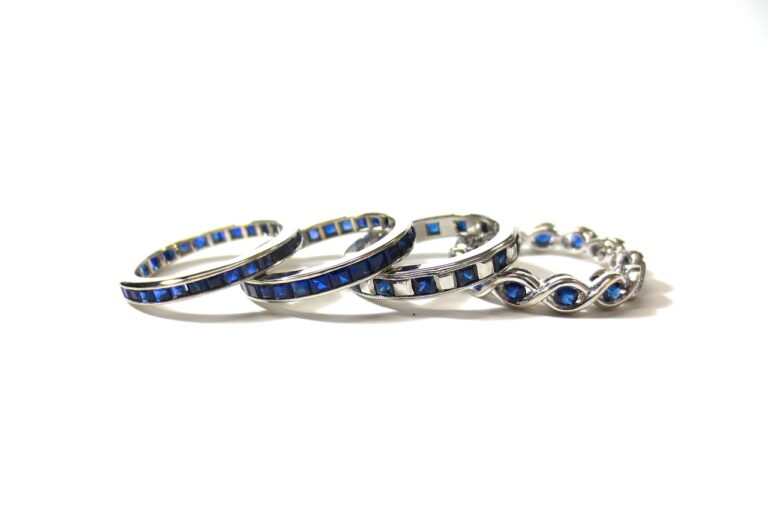Pattern Making for Sustainable Activewear: Eco-Conscious Design Solutions: 99 exch sign up, Lotus 365.io, Play exch.in
99 exch sign up, lotus 365.io, play exch.in: In today’s world, sustainability has become a top priority in the fashion industry, and activewear is no exception. With the rise of eco-conscious consumers, more and more brands are focusing on creating sustainable activewear that not only looks good but also does good for the planet. One crucial aspect of sustainable activewear design is pattern making. By using eco-conscious design solutions in pattern making, brands can reduce waste, conserve resources, and create garments that are kinder to the environment.
Opt for Zero Waste Pattern Making
One of the most effective ways to create sustainable activewear is to opt for zero waste pattern making. Traditional pattern making methods often result in a significant amount of fabric waste, as pattern pieces are cut in a way that leaves unused scraps behind. Zero waste pattern making techniques aim to minimize waste by carefully arranging pattern pieces to ensure that every bit of fabric is used efficiently. By using this approach, designers can significantly reduce the environmental impact of their activewear production.
Design with Modular Construction in Mind
Another eco-conscious design solution for activewear pattern making is to design garments with modular construction in mind. Modular construction involves creating garments using interchangeable parts that can be mixed and matched to create different styles. This approach not only promotes versatility and longevity in activewear but also reduces the need for producing multiple garment variations. By designing activewear pieces that can be easily modified and updated, brands can minimize their environmental footprint and offer consumers more sustainable options.
Choose Sustainable Fabrics and Materials
In addition to sustainable pattern making techniques, the choice of fabrics and materials also plays a significant role in creating eco-conscious activewear. Opting for sustainable fabrics such as organic cotton, recycled polyester, and bamboo can help reduce the environmental impact of production. By using these materials in conjunction with thoughtful pattern making practices, brands can create activewear that is both stylish and sustainable.
Implement Digital Pattern Making Technology
Digital pattern making technology is another tool that can help brands create sustainable activewear. By using software to create and adjust patterns digitally, designers can minimize paper waste and reduce the need for physical prototypes. Digital pattern making also allows for more precise adjustments and faster production, leading to a more efficient and sustainable design process.
Prioritize Fit and Functionality
When designing sustainable activewear, it’s essential to prioritize fit and functionality. Garments that fit well and perform as intended are more likely to be worn and loved by consumers, leading to longer product life cycles and reduced waste. By focusing on creating activewear that meets the needs of the wearer, brands can ensure that their products have a positive impact on both the environment and the consumer.
In conclusion, pattern making plays a crucial role in creating sustainable activewear. By opting for zero waste techniques, designing with modular construction in mind, choosing sustainable fabrics and materials, implementing digital pattern making technology, and prioritizing fit and functionality, brands can create eco-conscious activewear that benefits both the planet and the consumer.
FAQs:
Q: Can sustainable activewear be stylish and functional?
A: Yes, sustainable activewear can be both stylish and functional. By focusing on thoughtful design solutions and eco-conscious practices, brands can create activewear that looks good, performs well, and has a positive impact on the environment.
Q: How can I tell if activewear is truly sustainable?
A: Look for brands that are transparent about their production practices and use of sustainable materials. Certifications from third-party organizations such as GOTS (Global Organic Textile Standard) and bluesign can also indicate that a brand is committed to sustainability.
Q: What can I do as a consumer to support sustainable activewear?
A: As a consumer, you can support sustainable activewear by choosing brands that prioritize sustainability, investing in high-quality pieces that will last, and caring for your garments properly to prolong their life cycle. By making conscious choices, you can help promote a more sustainable fashion industry.







